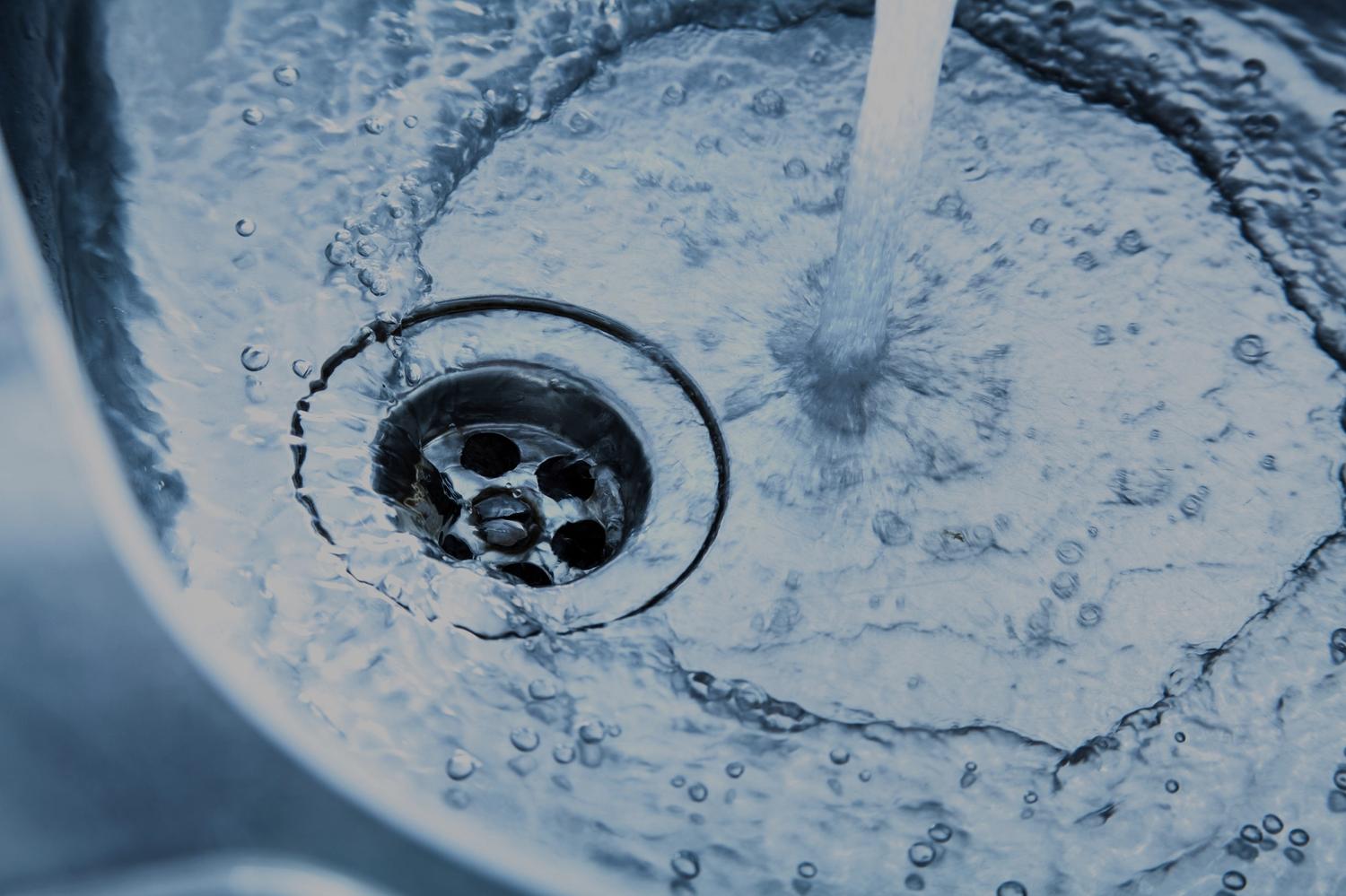We work hard to make sure your drinking water is always top quality.
But sometimes things can go wrong, and your water might look or smell a bit odd. This page explains what to do if that happens.
What to do if your water looks cloudy or brown
Sometimes your water might look a bit cloudy or yellowy-brown. This usually happens because of a problem with our pipes in your area, like a burst pipe.
To see if there are any incidents in your area, click on the link below to go to our live map.
Run your cold kitchen tap:
To clear your water, run the cold tap in your kitchen until it runs clear. This usually takes about 20 minutes, but it could take up to an hour.
Don't worry, the discoloured water won't hurt you or your appliances.
We’re sorry if you have to use extra water to clear your pipes. Please contact us to be reimbursed for the water used.
Why is my water cloudy or discoloured?
Your water travels quite a way to get to your tap, and sometimes things happen along the way that can change how it looks, and occasionally it can become discoloured.
• Brown water:
Brown water is usually caused by changes in the water flow or pressure in our pipes.
This can happen when there’s a burst pipe nearby.
The change in pressure can dislodge tiny deposits such as iron or manganese sediments in the pipes, which can make your water look brown.
• Cloudy water:
Your water may also appear cloudy, or white, on occasion.
If you fill a glass of water and it clears from the bottom upwards then this means your water is just a little more aerated than usual.
The bubbles will disappear if the water is left to stand.
In most cases, discoloured water is not harmful and can be cleared by running cold kitchen tap at a steady flow until it clears. If the water does not clear after 20 minutes, please contact us for advice.
Why does my water taste or smell strange?
Sometimes your water might have an unusual taste or smell. Here are a few reasons why that might happen:
Chlorine, TCP, bitter, disinfectant, or medicinal taste or smell
We add small, carefully controlled amounts of chlorine at the treatment works to disinfect the water and a residual is maintained throughout the distribution system to make sure it's safe to drink.
Please rest assured that chlorine isn't harmful in the quantities we add and we aim to keep chlorine levels to a minimum.
It’s not harmful, but you might notice the smell or taste sometimes. This can happen if you live far away from our treatment works, or if the water has been in the pipes for a while.
If the taste or smell is really strong, here are a few things you can try:
If the taste or smell of chlorine is really strong, here are a few things you can try:
• Ask your neighbour if they have the same problem.
• Check which tap the problem started with.
• If you need to, replace the washer or fittings on the tap.
• Rinse your kettle before you use it.
• If you think your kettle is causing the taste, try boiling water in a saucepan instead.
• If your washing machine is connected to the mains in your kitchen, check it has a non-return valve. This stops water from sitting in the hose and getting drawn back into your pipes.
Musty tastes or earthy smells
A musty or earthy smell can happen if water has been sitting in your pipes for a while without being used. It can also happen if your cold water pipes are too close to hot water pipes or radiators.
Try running your tap for a few minutes to clear the smell. If it’s the first time you’ve noticed it, you can also try washing your tap with a mild household disinfectant. Make sure you run the tap afterwards to rinse this out before using the tap water.
Metallic tastes
A metallic or bitter taste can come from copper, iron, or galvanised pipes. This can happen if the pipes aren’t fitted properly or if they’ve corroded.
If the water has been sitting in the pipes for a few hours, try filling a washing-up bowl to flush the old water out. You can use the water from the bowl to water your plants, so it doesn’t go to waste.
